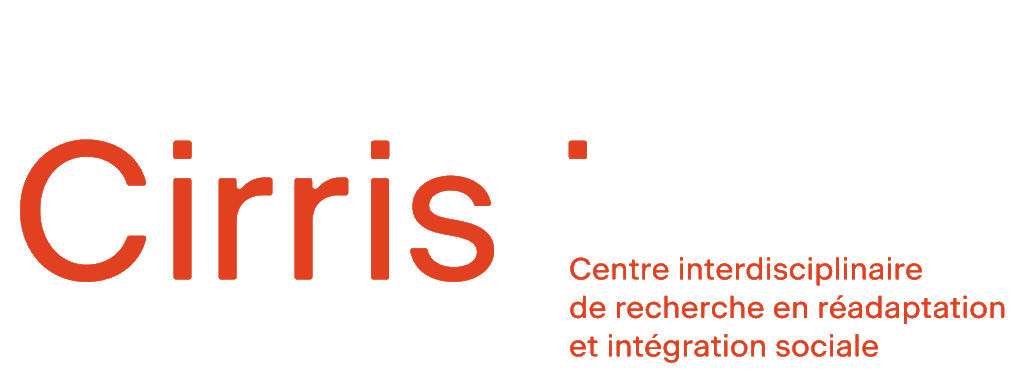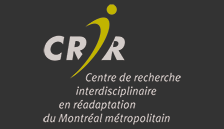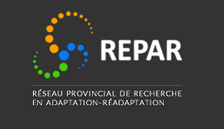How to establish and decide roles and responsibilities of each member of the partnership?
Shane Sweet, Prof. McGill University, and Heather Gainforth, Prof. University of British Colombia
This clip discusses how to define the profile of the right user (individual or group) of the research, for whom the research would be beneficial. But also how to identify the right research partner.
Subtitles available
LSQ Version - Quebec sign language
References
Text content
Hi, everybody!
My name is Shane Sweet. I am a professor at McGill University, and I’m here with my colleague Dr. Heather Gainforth from UBC Okanagan. And so Heather led the Integrated Knowledge translation Guiding Principles to which we worked on quite a bit. And during our team meetings ahead and forever, we talked a lot about the research user and how to identify the research user, especially when you’re establishing partnerships. Shane, when we were thinking about the definition of a research user, we wanted to make sure that that definition was broad. So we define research users as individuals or groups that will use or benefit from our research. And when we’re thinking about a partner, that means that a partner could be a person with lived experience or a patient partner, but it could also be a policymaker, health service provider, another researcher, professional organizations funders, or industry partners. And it’s your job as a researcher to really think about broadly who that person or that group might be. That’s great.
I think what I remember also from those meetings is that really being broad was really important. So I think it’s not only a patient partner or passanta phenomenon. It’s really important that we think of partnership broader. So I really encourage people to when they’re thinking about how to sell as a partnership is really think not only about sort of the Knowledge user as a person with a disability, for example. But then we also have the discussions about when and how do we establish those partnerships and when do you start having those conversations. So I know we have some great insights on that, too. Our partnerships talks a lot about at what point in time is it important to engage. And we said it’s really important to think about engagement early, well before you ever write a grant, well before you ever start a project, but then to make sure that you’re engaging early, but also often throughout that research process as early as possible. Yeah, I think it’s also really important. It takes time. It takes a lot of time sometimes to find the partnerships, to have the meetings and making sure that everybody’s on board and everybody’s needs are being met. So I think it’s also important for us to remember that you may not find the ideal partner right away as much as a researcher trying to look for a partner or there’s organizations or people that want to get involved in research. It also might take a few tries to find the right researcher that can meet some of your needs. So it works in kind of both ways. At the end of the day, we’re looking for meaningful partnerships for both the researcher and the research user, and you might meet with a number of different potential partners and realize that their priorities are not meaningful to you as a researcher or that as a partner, the researchers work isn’t necessarily meaningful to you. And when we do research that isn’t meaningful, it ends up being tokenistic. And personally I think a meaningful partnership is more important than a tokenistic partnership.
Absolutely. I agree. So remember: engage early engage often and don’t be shy to have those conversations with people. So thanks everyone. Bye.




